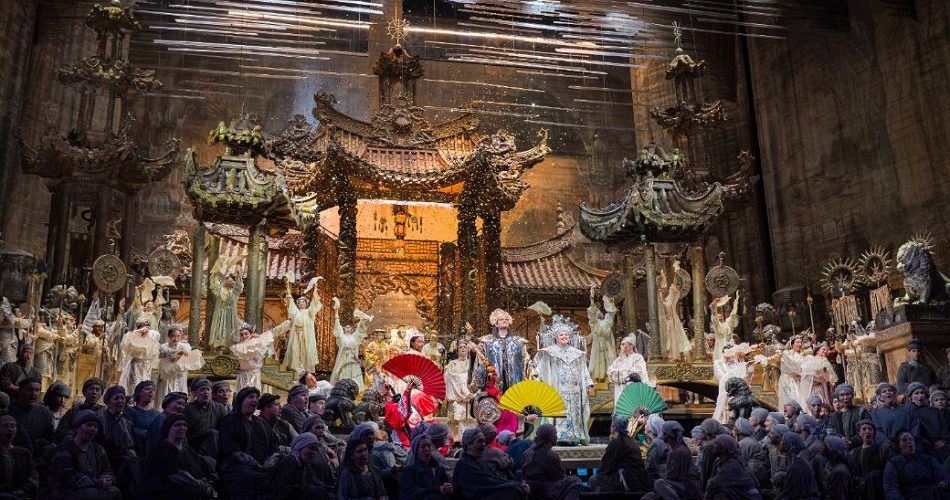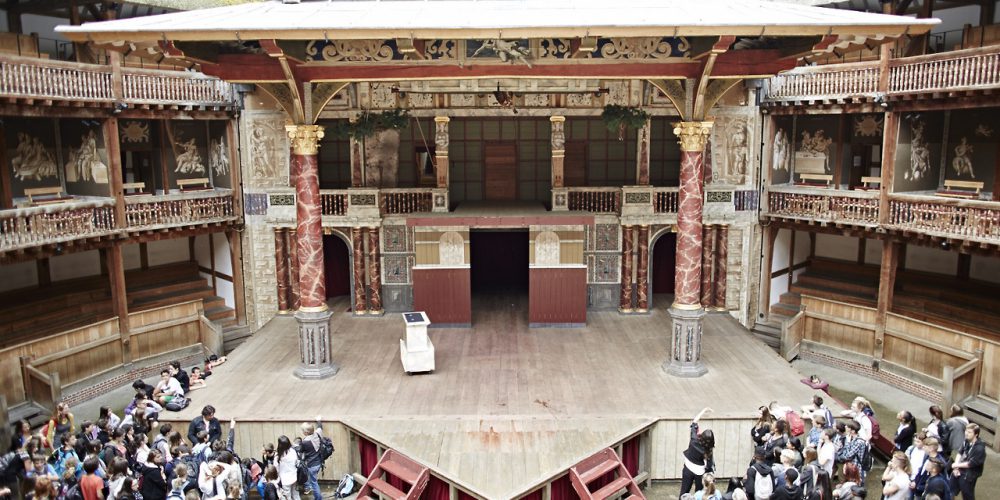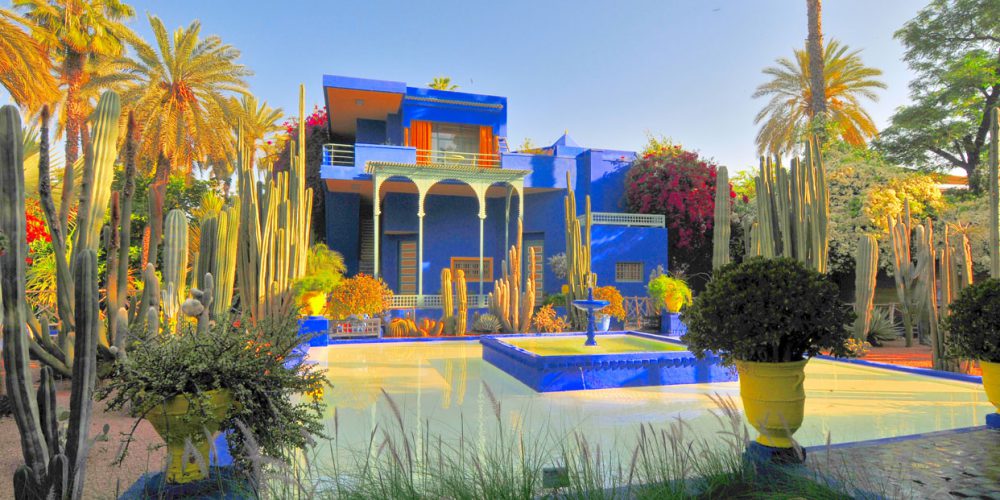The Story of Carnegie Hall

The story of Carnegie Hall begins in the middle of the Atlantic. In the spring of 1887, on board a ship traveling from New York to London, newlyweds Andrew Carnegie (the rich industrialist) and Louise Whitfield (daughter of a well-to-do New York merchant) were on their way to the groom’s native Scotland for their honeymoon. Also on board was the 25-year-old Walter Damrosch, who had just finished his second season as conductor and musical director of the Symphony Society of New York and the Oratorio Society of New York, and was travelling to Europe for a summer of study with Hans von Bülow. Over the course of the voyage, the couple developed a friendship with Damrosch, inviting him to visit them in Scotland.
It was there, at an estate called Kilgraston, that Damrosch discussed his vision for a new concert hall in New York City. Carnegie expressed interest in committing a portion of his enormous wealth to the project, and the idea of Carnegie Hall was born. From this germ of an idea grew a legendary concert hall whose allure has drawn the world’s greatest artists to its stages, setting the standard for excellence in music for more than a century. Gustav Mahler, Leopold Stokowski, Vladimir Horowitz, Maria Callas, Liza Minnelli, Paul Robeson, Bob Dylan—they all made their mark at Carnegie Hall.
Andrew Carnegie proclaimed at the ceremonial laying of the cornerstone in 1890, “It is built to stand for ages, and during these ages it is probable that this Hall will intertwine itself with the history of our country.”
After he returned to the US from his honeymoon, Carnegie set in motion his plan, which he started formulating during his time with Damrosch in Scotland, for a new concert hall. He established The Music Hall Company of New York, Ltd., acquired parcels of land along Seventh Avenue between 56th and 57th streets, and hired chief architect William Burnet Tuthill, who was also a proficient cellist and served on the board of the Oratorio Society.
On May 13, 1890, Mrs. Carnegie cemented the cornerstone in place with a silver trowel, a memento she would keep on her mantelpiece for the rest of her life. The building of this new hall was the culmination of a crusade for a world-class venue in New York City that Damrosch inherited from his father, Leopold, the founder of both the Oratorio Society and the New York Symphony Society.
It was clear right away that Andrew Carnegie had built a concert hall that was as pleasing to the ear as it was to the eye. The location that Carnegie chose for the Music Hall was a short distance from Central Park.
The plans called for a rectangular six-story structure, housing three performance spaces: the Main Hall (renamed Isaac Stern Auditorium / Ronald O. Perelman Stage in 2006), seating 2,800; the Recital Hall located below the Main Hall, seating 1,200 (now the location of the 600-seat Judy and Arthur Zankel Hall); and, adjacent to the Main Hall, the 250- seat Chamber Music Hall (now Joan and Sanford I. Weill Recital Hall). Above the Chamber Music Hall were assembly rooms which, according to the program from the Main Hall’s Opening Night, would be “suitable for lectures, readings, and receptions, as well as chapter and lodge rooms for secret organizations.”
The edifice was designed using heavy brick and masonry with interior Guastavino vaulting. The building, with its striking Italian Renaissance–style façade of terra cotta and iron-spotted brick, was completed in the spring of 1891.
The five-day opening festival attracted the cream of New York society to hear performances by the Symphony and Oratorio societies under the direction of Damrosch and famed Russian composer PyotrIlyich Tchaikovsky. Horse-drawn carriages lined up for a quarter-mile outside on Opening Night, May 5, 1891, choking the streets, while inside, the Main Hall was jammed to capacity.
One of the newspapers reported, “Tonight, the most beautiful Music Hall in the world was consecrated to the loveliest of the arts. Possession of such a hall is in itself an incentive for culture.” Another exclaimed, “It stood the test well!” Critical and public reactions were unanimous. The “Music Hall founded by Andrew Carnegie”was an overwhelming success.



































